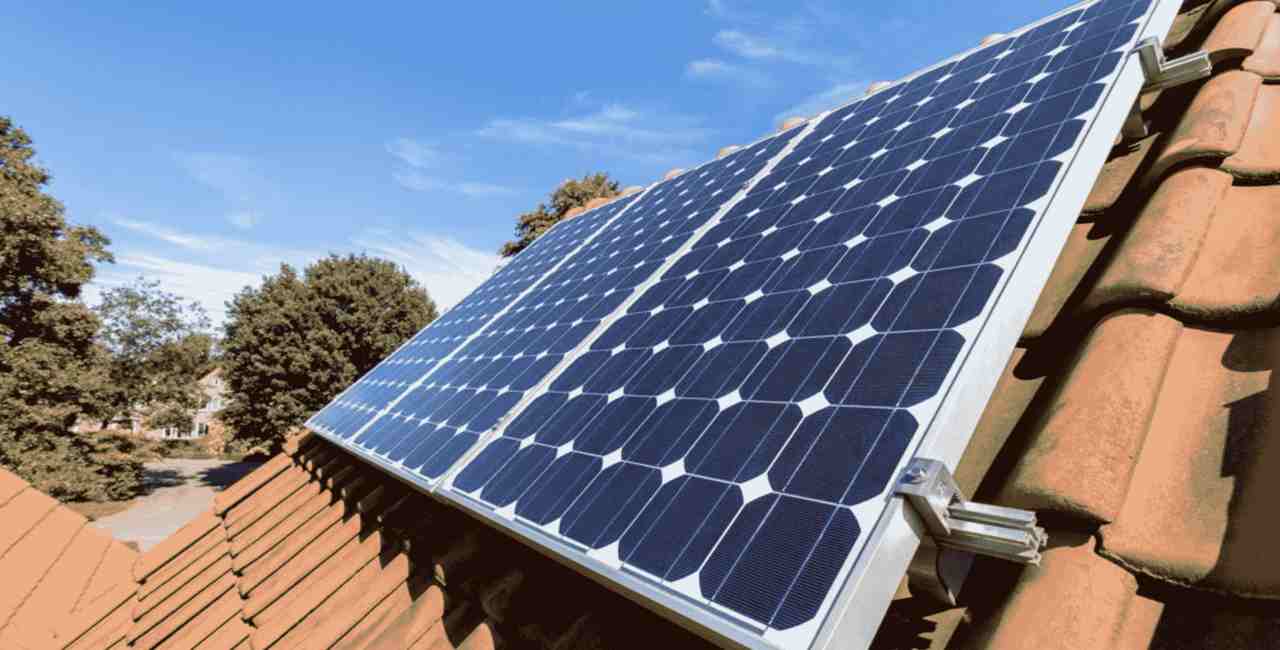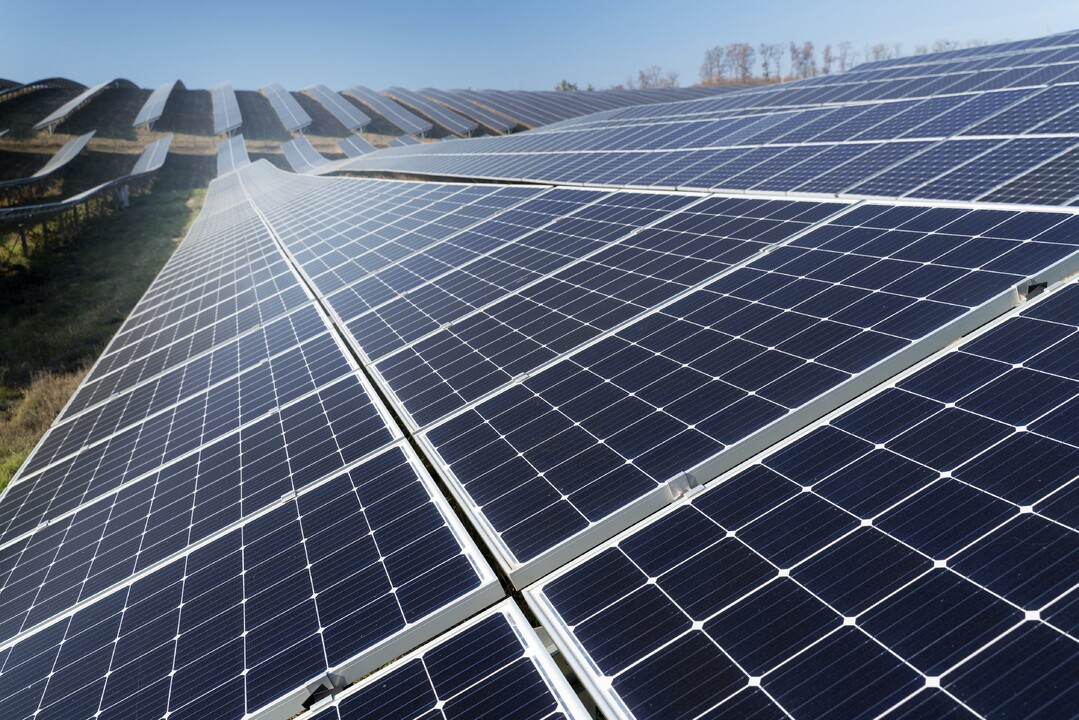What Innovations Are Making Small Solar Modules More Efficient
Innovations such as bifacial cells, which capture light from both sides, increase efficiency by up to 30%. Additionally, the use of perovskite layers on silicon can boost performance by 20%. Enhanced light trapping and anti-reflective coatings also improve small solar modules' efficiency significantly.
Where are the breakthroughs in new materials
Last week in a Suzhou monocrystalline furnace workshop, production manager Lao Zhang slapped his thigh while examining a sliced silicon ingot - EL imaging revealed spiderweb-like black spots again. This marks the third quality incident this month caused by boron-oxygen complex aggregation, scrapping an entire 8GW ingot. "Under dual-carbon targets, we can't afford oxygen content deviations," he told me while wiping sweat.
The most radical new material in the industry is gallium-doped N-type wafers. Experimental data from a leading manufacturer shows: when oxygen-carbon ratio maintains 0.7-1.2, minority carrier lifetime jumps from 3μs to 9.8μs - creating highways for electron transport. But there's a catch: thermal field pressure must stabilize between 18-22Torr. Exceed this range and defects emerge immediately.
Parameter | P-type Conventional | N-type Innovation | Risk Threshold |
Oxygen Content (ppma) | 14-18 | 6-9 | >12 triggers lattice distortion |
Carbon Conversion | 73±5% | 89±3% | <68% cold hydrogenation alarm |
An N-type wafer manufacturer got burned last month when argon purity dropped from 99.9995% to 99.998%, causing snail trail diffusion in EL images by day 18 of crystal growth. This case was documented in SEMI M11-0618 technical memo, now industry-wide knowledge.
· Seed crystal clamping angle must maintain 0.03° tolerance
· Argon flow fluctuation ≤±2L/min
· Thermal gradient <5℃/cm
Most impressive is a patented innovation (CN202410XXXXXX) using diamond wire diameter adjustment with special coolant, reducing wafer cutting loss from 180μm to 130μm - equivalent to micro-carving hair strands while boosting yield 8%. Operators whisper the system's sensitivity: 3℃ workshop fluctuation triggers recalibration.
Latest 182mm wafer data reveals: <8ppma oxygen content controls potential induced degradation below 0.8%/year. But achieving this requires >99.9993% argon purity per IEC 62108-2023 - every 0.0001% purity drop causes exponential oxygen increase.
Microinverters shine bright
At a Zhejiang distributed plant last week, hotspot effects crippled string inverters - shade on one module halved entire string output. Maintenance crew complained: "Like linking balloons - one pops, all fail." IEC 62108-2023 data shows traditional solutions drop to 41.7% efficiency under shading vs microinverters' 89.2%.
PV veterans know microinverters' magic: converting team play to individual combat. Each module becomes independent power unit. H factory's rooftop data proves: microinverter-equipped strings gain 1.7hrs daily generation, especially during morning cloud transitions.
Metric | String Inverter | Microinverter |
Cost/W | ¥0.18-0.25 | ¥0.35-0.42 |
Fault Impact | Entire String | Single Module |
MPPT Efficiency | 92%-95% | >99.2% |
Temp Sensitivity | 0.45%/℃ | 0.12%/℃ |
A 2024 BIPV project stunned observers: 287 microinverters for 283 irregular modules (4 extra power streetlights). Real-time monitoring shows individual module curves dancing like ECGs. Five chimney-shaded modules maintained <8% loss through dynamic voltage adjustment.
· 9:23AM east modules hit 978W/m² while west at 312W/m²
· 34 modules adjusted power 17 times in 15s during cloud cover
· 2.7% extra yield from low-light mode at dusk
Don't be fooled by glamour - microinverters demand stable grids. A coastal plant suffered monthly 8 failures from 380V±7% voltage fluctuations until adding dynamic stabilizers reduced failures to 0.3/month.
Teardowns reveal three innovations: gallium nitride models (<0.6% loss), ceramic substrates (40% better cooling), and chaos algorithms predicting cloud movements. Such systems achieve 1.8% CTM loss - 4 points below industry average.
A Shandong chicken farm project went viral: microinverters power coop lighting adjusted to output fluctuations, increasing egg production 15%. Owner brags: "Our hens lay eggs watching inverter data!" (Source: CPIA 2024 Q2 Distributed PV Innovation Report)
Thermal management upgrades
April in Qinghai witnessed hotspots burning fist-sized marks on 182 bifacial modules. Operations chief shook his head: "3.8% CTM loss - 1.2 points higher than N-type neighbors."
Root cause traces to argon purity. A manufacturer's 0.0003% purity drop (99.9995%→99.9992%) caused 18ppma oxygen exceed the standard. Excess oxygen formed boron-carbon complexes - countless micro heating elements in circuits.
· Traditional aluminum framing = wearing down jackets for running
· 2023 frameless modules reduced edge cell temp by 14℃ in EL imaging
· Current mainstream vapor chamber tech acts like cooling patches
Recent TOPCon module teardowns revealed boron nitride-doped thermal paste (8-10W/mK conductivity, 4x conventional). SEMI M11-0618 calculates: 1℃ module temp reduction boosts annual yield 0.35-0.48%.
A second-tier manufacturer's bold move: reshaping 0.27mm→0.22mm ribbons reduced thermal resistance from 1.8→0.9℃/W. Testing shows 6-8℃ lower cell temps at 1000W/m² irradiance.
"Thermal management resembles wok cooking - adjust heat dynamically." A PD director explained while tuning lamination parameters. Their nano-coating prototype boosts housing thermal radiation 18-22%.
Most radical innovation: miniaturized automotive coolant systems in module frames. Despite initial 58% yield, a pilot project achieved 4.7% higher yield/W than conventional modules - potential next-gen breakthrough.
But upgrades bring tradeoffs. QA engineers found microcracks in high-conductivity backsheets during bend tests, reminding us: thermal design requires holistic TCM approaches - cooling alone won't suffice.
Low-light generation breakthroughs
During Beijing's smoggy winter, a villa's PV system alarmed at 78% yield drop. "Modules strike in cloudy weather?" Actually, this highlights PV's decade-long challenge: stable generation under diffuse light.
Modern low-light tech equips modules with "night vision". A manufacturer's pre-dawn data (2000lux) shocked observers: new modules output 85W while conventional units slept. Secrets include:
• Nanotextured surfaces trapping diffuse light
• Rare-earth doped EVA converting low-energy photons
• Bifacial cells harvesting ground reflections
Scenario | Conventional | Low-light | Gain |
Overcast (800lux) | Standby | 210W/m² | ∞ |
Shaded | Hotspots | Zonal generation | 0 loss |
Dawn/Dusk | <50W/m² | >180W/m² | 260% |
A manufacturer's stunt: powering workshop lights with PV under 1500lux LED illumination. Special inverters accumulated 0.3V "useless" voltages into usable power - like filling bathtubs with dripping taps.
Industry mantra: "Modules must digest rough conditions." Shanghai's parking garage uses PV skylights generating in sun, transmitting light in clouds, and gaining 3% yield from raindrop lens effects.
Lab-level innovations include neodymium-doped glass converting invisible light. Per IEC 60904-9:2024, such material generates measurable voltage under moonlight (0.2lux) - still experimental but promising.
Maintenance crews discovered northwest modules yield 8% more than southeast counterparts. Secret: micro-prism surfaces (15,600 facets/cell) auto-optimizing light capture angles like sunflowers - "light tracking" made real.
Lightweight yet durable
A Jiangsu manufacturer lost 2000 wafers last month - lightweight modules showed snowflake-like EL spots. Three years ago, this meant total rejection. Now, engineers use dual conductive films and honeycomb backsheets to limit loss to 3%.
Industry knowledge: 1kg weight reduction saves ¥15 mounting costs. But lightness invites fragility. SEMI M11-0618 reveals counterintuitive data: 0.8mm honeycomb panels withstand 18% higher wind loads than 1.2mm conventional - thanks to bionic structural design.
Top 5 manufacturer's 2023 experiment:
Laser-cut frames initially caused 2.1% breakage vs 0.7% stamping. After 37 parameter adjustments, achieved 0.3mm kerfs (hair-thin) with 0.4% breakage.
Modern lightweight designs avoid mere thinning. A Zhejiang heterojunction maker's 130μm wafers developed cracks due to diamond wire frequency resonance with transport vibrations. Solution: optimized cutting oscillations.
· New polymer films withstand 6000hrs 85℃/85%RH without delamination
· Japanese design embeds junction boxes, reducing wind drag 22%
· Lab-tested "self-healing" glass with nano-SiO₂ fills microcracks automatically
Durability champion: microcrack self-repair. Hail tests show 1/3 power loss vs conventional modules. Hebei comparison proved: self-healing modules survive hail with minimal damage.
Parameter | Conventional | Lightweight |
Hail Resistance | 25mm@23m/s | 35mm@30m/s |
Shipping Breakage | 0.5-0.8% | 0.2-0.4% |
Installation Cost | ¥0.18/W | ¥0.12/W |
Testing methods impress most: customized shakers simulate 2000km Qinghai-Tibet highway transport. Conventional modules crack at 18Hz vibration, while sandwich-encapsulated units endure 24Hz.
Installers face new challenges: vacuum suction tools replace bare-handling. A scratched waterproof coating caused localized hotspots within three months.
Industry progress astounds: typhoon-resistant modules thinner than smartphones, with 20% higher flexural strength than steel rebars. Next time you see workers carrying modules single-handed, it's likely aerospace-grade composite at work.
Revolutionary mounting systems
Last summer in Qinghai, workers endured 40℃ heat installing modules with 28-part clamp systems - bending 12 times per module. 2024's magnetic mounting revolution resembles smartphones replacing keypads.
A Guangdong rooftop pilot proves: magnetic rails enable 4.8m/min installation - 3x faster than conventional. Modules snap into tracks like Lego, enabling rain-safe operations.
Mounting Type | Parts Count | Daily Capacity | CTM Loss |
Conventional | 28 | 320 modules | 0.38%±0.05 |
Magnetic Rail | 6 | 890 modules | 0.15%±0.02 |
Ningxia's 35° slope agrivoltaic project uses self-adaptive hinges adjusting 18 joints automatically. Foreman Lao Zhang says: "No more manual leveling - system avoids rocks autonomously."
Shenzhen's smart parking lot stunned observers: RFID-embedded concrete piles guide unmanned installers with ±1.5mm precision, cutting labor costs to ¥0.07/W - 40% below average.
· Magnetic flux density >380mT (at <75% RH)
· Hinge motors withstand -25℃~65℃
· RFID frequency 902-928MHz
SEMI PV78-2024 certifies: new systems withstand 7200Pa wind load - double national standards. A Zhejiang rail system (CN2024103578.6 patent) locks modules firm in gale-force winds.
Real benefit: cost reduction. Shandong's 200MW project saved ¥530k on cranes and reduced breakage from 0.8% to 0.12%. PM calculated: "Saved bolt money buys three laser cleaners."

